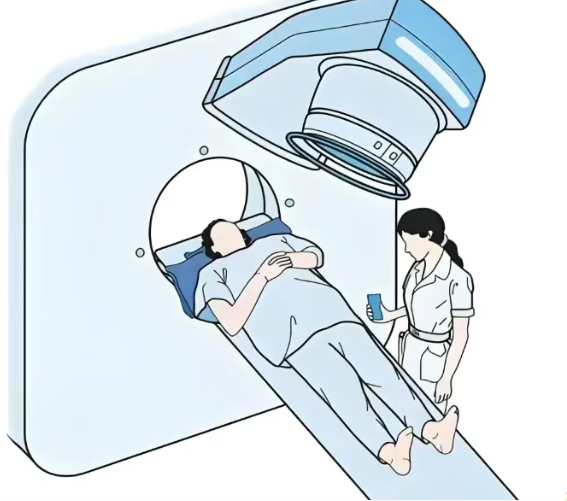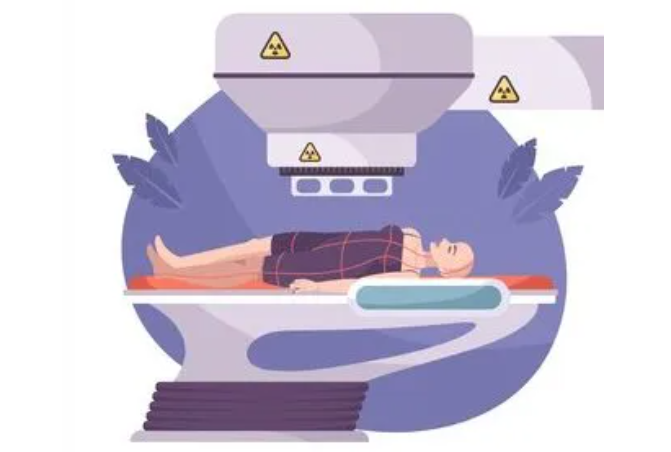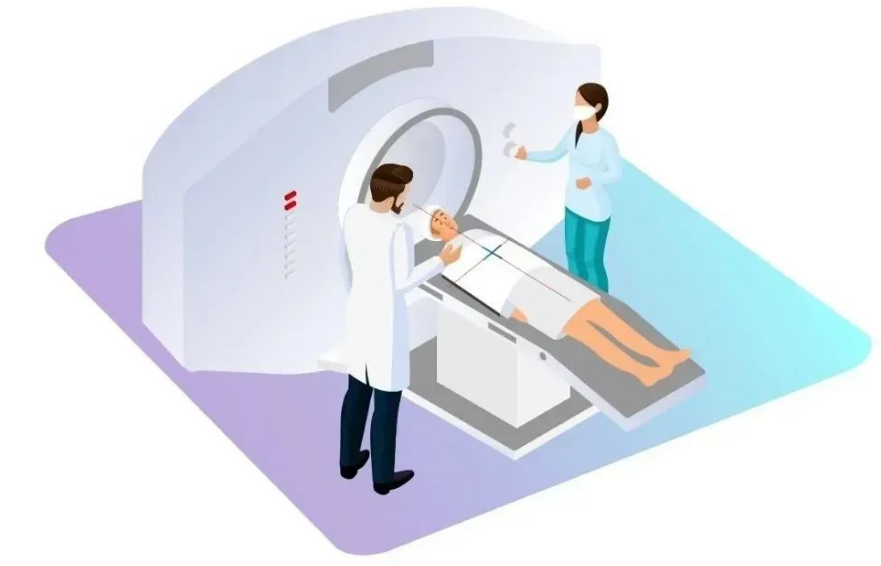Today we are going to talk about a very important but often worrying treatment in the field of cancer treatment-radiotherapy. Radiotherapy, the full name of radiotherapy, is a method of using radiation to treat tumors. Together with surgery and chemotherapy, it is known as the three major means of cancer treatment. So, what is radiotherapy all about? What are its advantages? What should we pay attention to?

First, what is radiotherapy?
Radiotherapy, in short, is a treatment that uses radiation to kill cancer cells. The radiation may be X-rays, gamma rays, or other types of particle beams. The goal of radiotherapy is to precisely attack cancer cells while minimizing damage to normal tissues.
Radiotherapy is like using an invisible “scalpel” to “cut off” the tumor without harming the surrounding normal tissues as much as possible. This treatment method has played an important role in the treatment of many cancer patients.
2. Advantages
of radiotherapy 1. High accuracy: Modern radiotherapy technology has been very advanced, through accurate planning and positioning, clear image guidance in the treatment process, to ensure that the radiation is mainly irradiated on the tumor, while reducing the damage to normal tissues.
2. Wide range of application: About 70% of patients with malignant tumors need radiotherapy at different stages of disease development. Radiotherapy can be used as the main or auxiliary way to participate in the treatment of early, middle and advanced tumors.
3. Side effects are controllable: Although radiotherapy does have a certain impact on normal tissues, with the progress of technology, the accuracy of radiotherapy has been greatly improved. At the same time, the side effects caused by radiotherapy can also be improved by drug treatment. Most patients can tolerate radiotherapy well, and the discomfort associated with radiotherapy will gradually recover after treatment.

III. Process
of radiotherapy The process of radiotherapy can be divided into several steps:
1. Molding: In order to ensure that the patient maintains the correct body position during the treatment, the doctor will make or use the corresponding body position fixation device.
2. CT localization: The location and size of the tumor were determined by CT scan.
3. Delineate the target area: The doctor will delineate the tumor area to be irradiated according to the CT image.
4. Plan design: The physicist will design the radiotherapy plan according to the doctor’s requirements to ensure that the radiation can accurately irradiate the tumor and that the radiation dose to the normal tissue is controlled within an acceptable range.
5. Plan evaluation and verification: Doctors and physicists will evaluate and verify the feasibility and safety of the radiotherapy plan.
6. Radiotherapy: Finally, the patient will receive radiotherapy according to the plan. The whole process usually takes several minutes to tens of minutes.
Side effects
of radiotherapy Radiotherapy mainly affects the tissues in the irradiated area. For example, when breast cancer patients receive chest wall irradiation, the local skin is red, swollen and itchy; when rectal cancer patients receive pelvic radiotherapy, rectal irritation symptoms occur, and the frequency of defecation increases; when esophageal cancer patients receive radiotherapy for esophageal lesions, swallowing pain occurs due to esophageal mucosal inflammation. Radiotherapy generally does not cause side effects at non-irradiated sites. Moreover, most of the side effects are temporary and will gradually disappear after the treatment. Doctors will provide corresponding nursing and treatment suggestions according to the specific conditions of patients.

5. What should we pay attention to during radiotherapy?
1. Maintain a good attitude: The course of radiotherapy varies from one week to one and a half months, so it is very important to maintain a positive and optimistic attitude.
2. Eat a balanced diet: Eat foods rich in protein and vitamins to help your body recover.
3. Protect the skin: The skin in the radiotherapy area may become sensitive, so pay attention to sunscreen and avoid friction.
4. Regular review: conduct regular review according to the doctor’s requirements, and find and deal with possible problems in time.
What else do you want to know
about radiotherapy? 1. Does radiotherapy hurt? Will you lose your hair?
Many patients worry that radiotherapy will hurt or lose their hair. In fact, radiotherapy generally does not directly cause pain, and radiotherapy can be very effective in alleviating the pain caused by bone metastasis or compression of tumors. As for hair loss, it may only occur when receiving craniocerebral radiotherapy, and radiotherapy in other parts generally does not cause hair loss.
2. Do you need treatment after radiotherapy?
After radiotherapy, patients still need regular follow-up and review, and some patients need follow-up drug treatment. Doctors will formulate follow-up treatment and rehabilitation plans according to the specific conditions of patients.

3. Does radiotherapy affect the health of family members?
After conventional external radiotherapy, there is no radioactive material on the patient’s body, which will not cause radiation effects on his family. Therefore, patients and their families can contact and live normally.
Radiotherapy, as an important means of cancer treatment, has played a huge role in clinical practice. Although it may bring some side effects, with the progress of technology and the accumulation of experience of doctors, these problems have been well controlled and solved. I hope that today’s popular science can give you a deeper understanding of radiotherapy, and no longer talk about “therapy” discoloration.